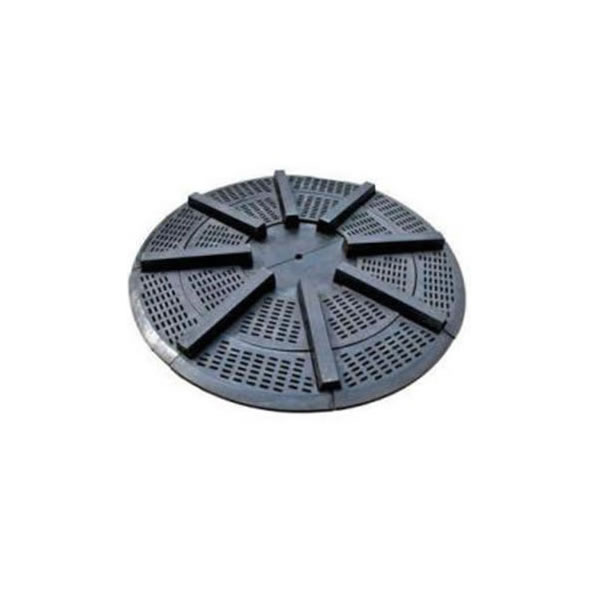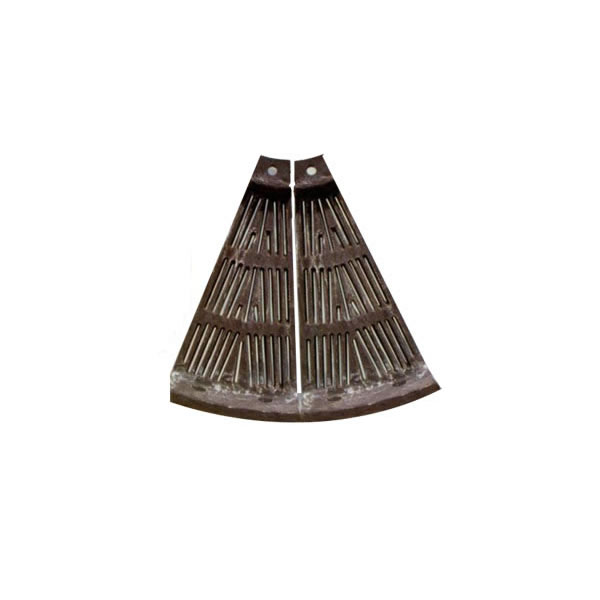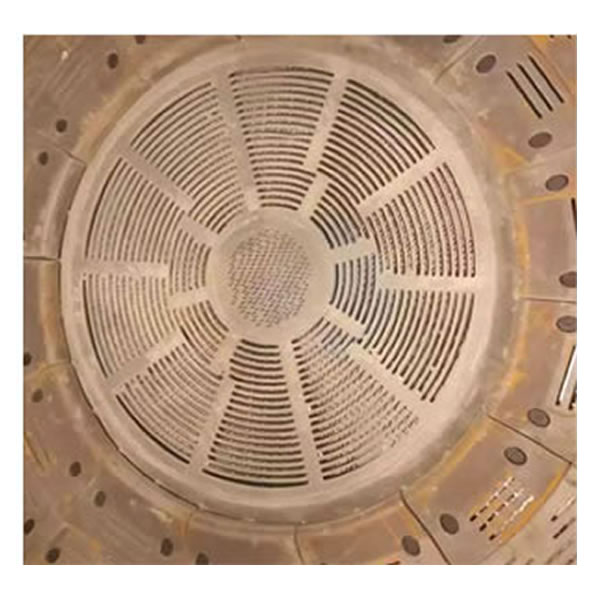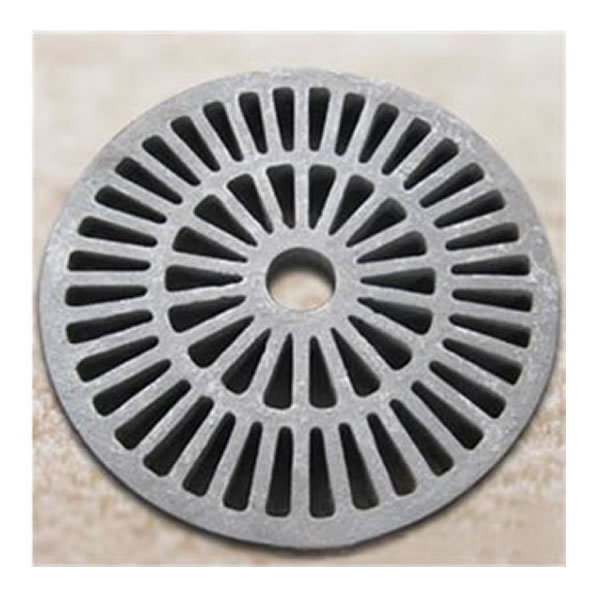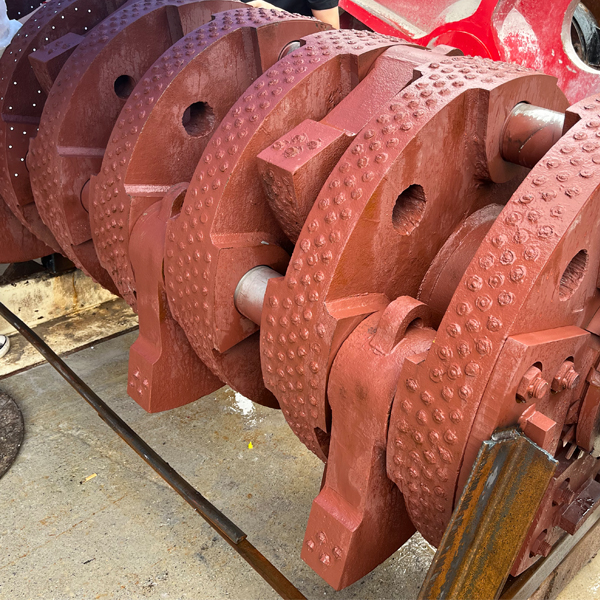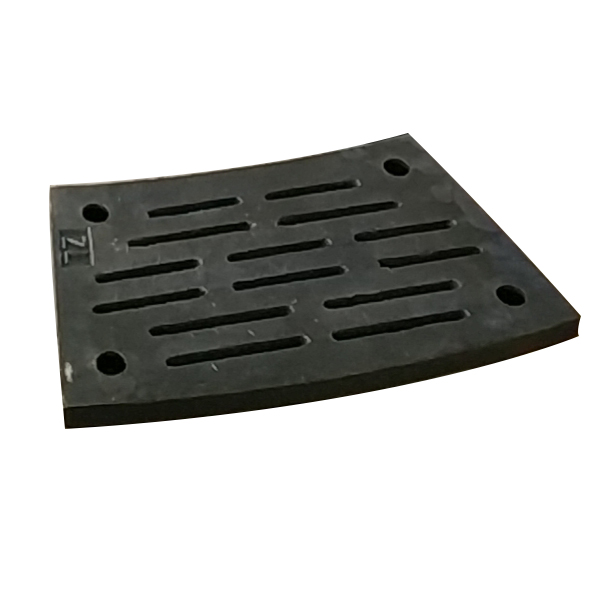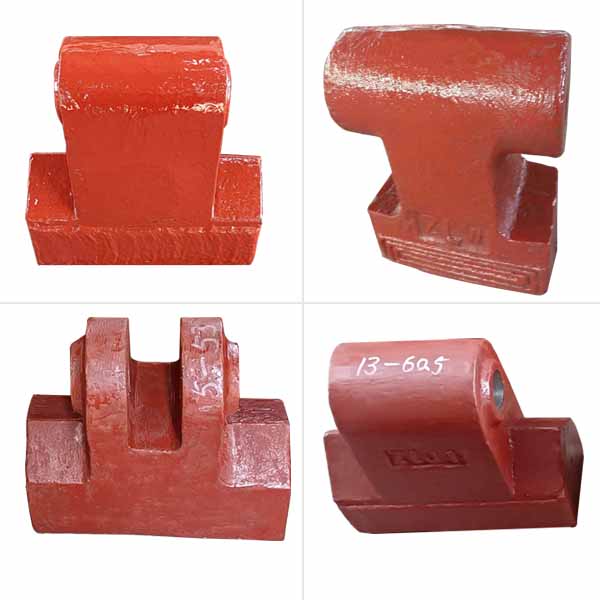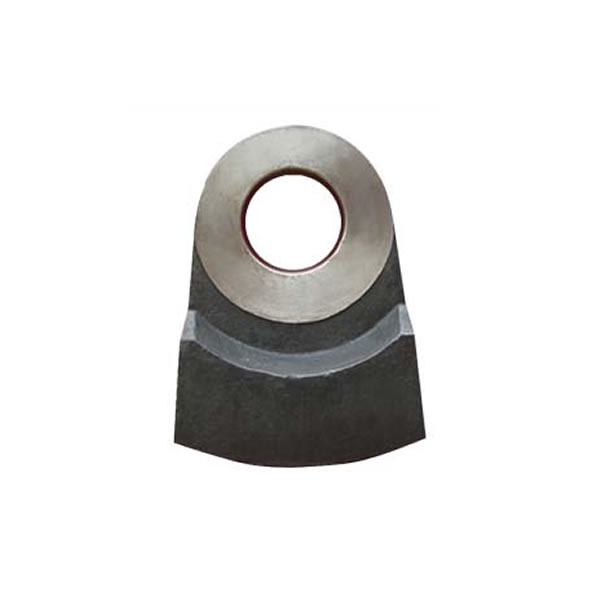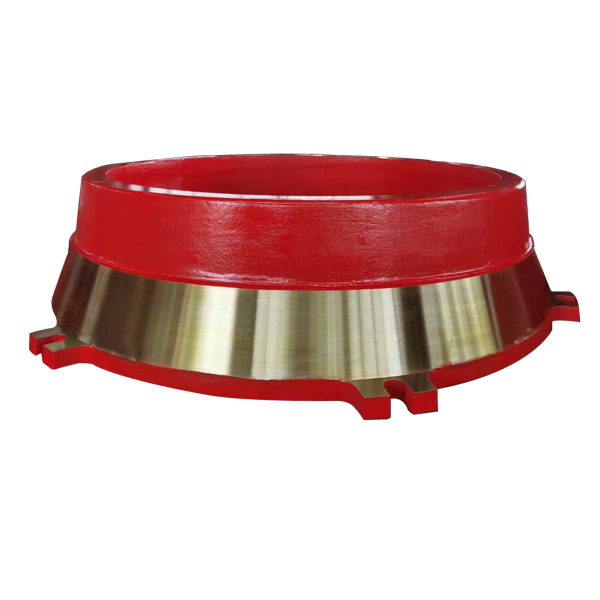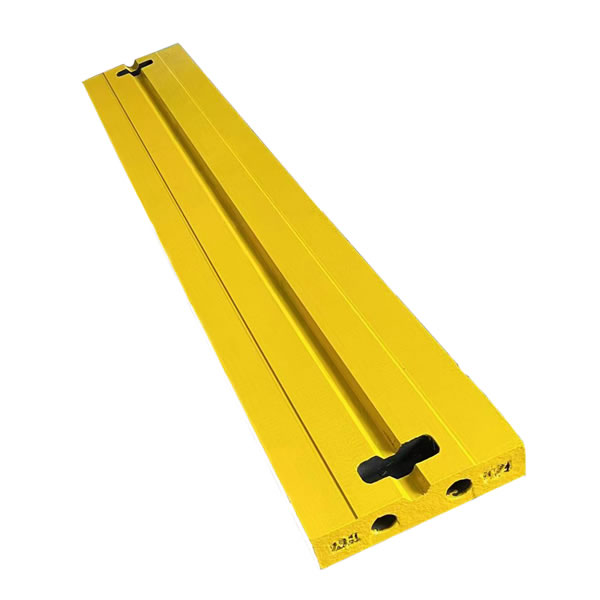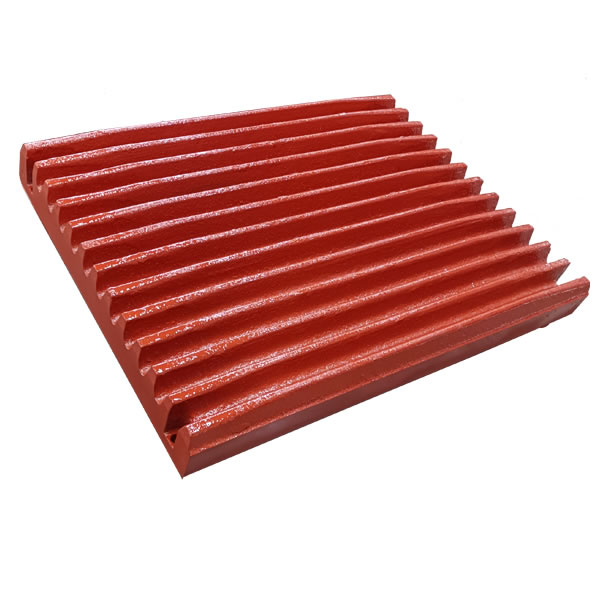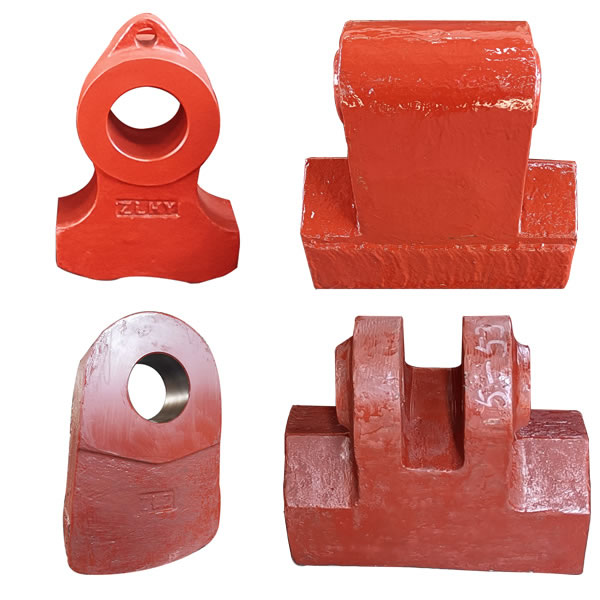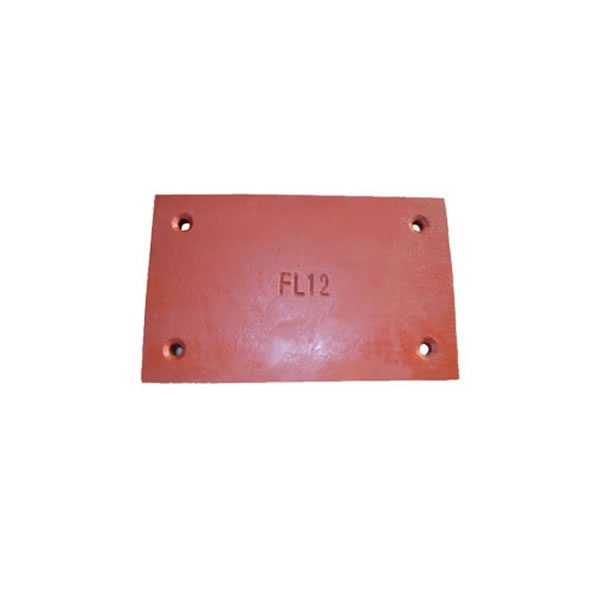OEM tailor design
Product name: Discharging device
Production process: Casting
Applicable machines: Ball mill/ semi-autogenous mill
Material types: High manganese steel, high chromium cast iron, alloy steel, etc.
Applicable industries: mining, cement plants, coal, steel, etc.
Our service:
1. Before sales, we will fully understand the customer's working conditions and recommend the most appropriate material selection to the customer.
2. Provide customers with drawings based on their machine models, spare parts dimensions, etc.
3. After sales, we will continue to pay attention to the usage of the product and provide timely help.
The barrel is divided into intermediate baffles of two or three grinding bins. Theseparating wearhouse plate has holes that are smaller than the diameter of the steel balls in the two abrasive cavities to allow the material to pass through and be further milled. Due to long-time friction between steel balls and materials in the two sides of the abrasive silo, the silo panel needs to be very wear-resistant to shorten the replacement cycle. Some ball mills use double-layered diaphragms to better distinguish the two abrasive cavities and prevent them from collapsing and damaging the body.

Feature:
We use proper alloying and and related technological measures to make the blow bars’ surface hardness reaches more than 58HRC , during the process of wearing will maintain high hardness and high wear resistance.
Technology process
In blow bars’ working part we use the technique of directional solidification to make Cr7C3 type carbide is perpendicular to the part.The macro-hardness and micro hardness of carbide can be improved without reducing thoghness.
Application
Suitable for making wearable spare parts with lower impact load and simpler shape.
Chemical component
Grade | Chemical component% | ||||||||
|---|---|---|---|---|---|---|---|---|---|
| C | Si | Mn | Cr | Mo | Ni | Cu | S | P | |
| BTMCr15 | 2.0~3.3 | вүӨ1.2 | вүӨ2.0 | 14~18 | вүӨ3.0 | вүӨ2.5 | вүӨ1.2 | вүӨ0.06 | вүӨ0.10 |
| BTMCr20 | 2.0~3.3 | вүӨ1.2 | вүӨ2.0 | 18~23 | вүӨ3.0 | вүӨ2.5 | вүӨ1.2 | вүӨ0.06 | вүӨ0.10 |
| BTMCr26 | 2.0~3.3 | вүӨ1.2 | вүӨ2.0 | 23~30 | вүӨ3.0 | вүӨ2.5 | вүӨ2.0 | вүӨ0.06 | вүӨ0.10 |
| 1пјҡAllowed to add microscale V,Ti,Nb,B and Re etc. 2пјҡWe will choose grade and specific component according to blow bars’ weight ,thickness and sizes | |||||||||
Mechanical Property
Grade | Surface Hardness | |||||
|---|---|---|---|---|---|---|
Casting condition | Harded condition | Softening annealing condition | ||||
| HRC | HB | HRC | HB | HRC | HB | |
| BTMCr15 | вүҘ46 | вүҘ450 | вүҘ58 | вүҘ650 | вүҘ41 | 400 |
| BTMCr20 | вүҘ46 | вүҘ450 | вүҘ58 | вүҘ650 | вүҘ41 | 400 |
| BTMCr26 | вүҘ46 | вүҘ450 | вүҘ58 | вүҘ650 | вүҘ41 | 400 |
1пјҡThere are no exact corresponing value between rockwell hardness(HRC) and brine hardness(HB),so ,this two kind of hardness value can be inspend used гҖӮ
| ||||||
Feature
High manganese steel refers to high alloy steels containing more than 10% manganese. The biggest features of high-manganese steel are:
The greater external compressive stress or impact load, the more conducive to the formation of hardened layer, so the higher the wear resistance of the casting;
With the gradual wear of the hardened layer, new work hardened layers will continue to form under the influence of external compressive stress or impact loads. Therefore, it is suitable for making wearable spare parts that are subject to high impact load and wear for a long time, and is widely used in metallurgy, mining, building materials, railways, electric power, coal and other broken grinding equipment.
Chemical component
| Grade | Chemical component % | |||||
|---|---|---|---|---|---|---|
| C | Si | Mn | Cr | S | P | |
| ZG120Mn13 | 1.05~1.35 | 0.3~0.9 | 11~14 | - | вүӨ0.06 | вүӨ0.04 |
| ZG120Mn13Cr2 | 1.05~1.35 | 0.3~0.9 | 11~14 | 1.5~2.5 | вүӨ0.06 | вүӨ0.04 |
| ZG120Mn17Cr2 | 1.05~1.35 | 0.3~0.9 | 16~19 | 1.5~2.5 | вүӨ0.06 | вүӨ0.04 |
| 1пјҡAllowed to add microscale V,Ti,B and Re etc. 2пјҡWe can produce the other grade high manganese steel hammer according to customers’ requirments | ||||||
Mechanical Property
Grade | Stretch property | Hardness HB | |||
|---|---|---|---|---|---|
| yield strength ReH/Mpa | tensile strength Rm/Mpa | Section elongation% | impact absorbing energyKu2J | ||
| ZG120Mn13 | - | вүҘ685 | вүҘ25 | вүҘ118 | вүӨ300 |
| ZG120Mn13Cr2 | вүҘ390 | вүҘ735 | вүҘ20 | - | вүӨ300 |
Feature
The alloy structure cast steel is an iron-carbon alloy formed by adding an appropriate amount of one or more alloy elements on the basis of ordinary carbon steel.
Process technology
According to the different elements added, with appropriate smelting and heat treatment process to obtain high strength, high toughness, high wear resistance, corrosion resistance, low temperature resistance, high temperature resistance, non-magnetic and other related special properties.
Scope of application
It is suitable for producing the wear-resisting spare parts with good mechanical strength and good toughness that are required for various working conditions, and the main steel structure castings with the required dynamic load.
Chemical component
Grade | Chemical component% | |||||||||
|---|---|---|---|---|---|---|---|---|---|---|
| C | Si | Mn | Cr | Mo | S | P | Ai | |||
| ZG42CrMo | 0.38-0.43 | 0.15-0.35 | 0.75-1.00 | 0.80-1.10 | 0.15-0.25 | <0.04 | <0.035 | - | ||
| ZG35CrMo | 0.32~0.40 | 0.17~0.37 | 0.40~0.70 | 0.80~1.10 | 0.15~0.25 | вүӨ0.035 | вүӨ0.035 | - | ||
| ZG38CrMoAl | 0.35~0.42 | 0.20~0.45 | 0.30~0.60 | 1.35~1.65 | 0.15~0.25 | вүӨ0.04 | вүӨ0.04 | 0.7~1.1 | ||
| ZG40Cr | 0.37~0.45 | 0.17~0.37 | 0.5~0.8 | 0.8~1.1 | - | - | - | - | ||
| ZG30Mn2SiCrMo | 0.25~0.35 | 0.40~0.80 | 1.20~1.60 | 1.35~1.65 | 0.2~0.5 | вүӨ0.04 | вүӨ0.04 | - | ||
Mechanical Property
| Grade | tensile strengthпјҲMpaпјү | yield strength пјҲMpaпјү | Elongation at cross sectionпјҲ%пјү | Section shrinkage rateпјҲ%пјү | Shock absorption energyпјҲKV2/Jпјү |
|---|---|---|---|---|---|
| ZG42CrMo | вүҘ1080 | вүҘ930 | вүҘ12 | вүҘ20 | вүҘ24 |
| ZG35CrMo | вүҘ985 | вүҘ835 | вүҘ12 | вүҘ20 | вүҘ24 |
| ZG38CrMoAl | вүҘ980 | вүҘ835 | вүҘ14 | вүҘ20 | вүҘ24 |
| ZG40Cr | вүҘ980 | вүҘ785 | вүҘ9 | вүҘ20 | вүҘ24 |
| ZG30Mn2SiCrMo | вүҘ1500 | вүҘ1300 | вүҘ3 | - | вүҘ24 |

